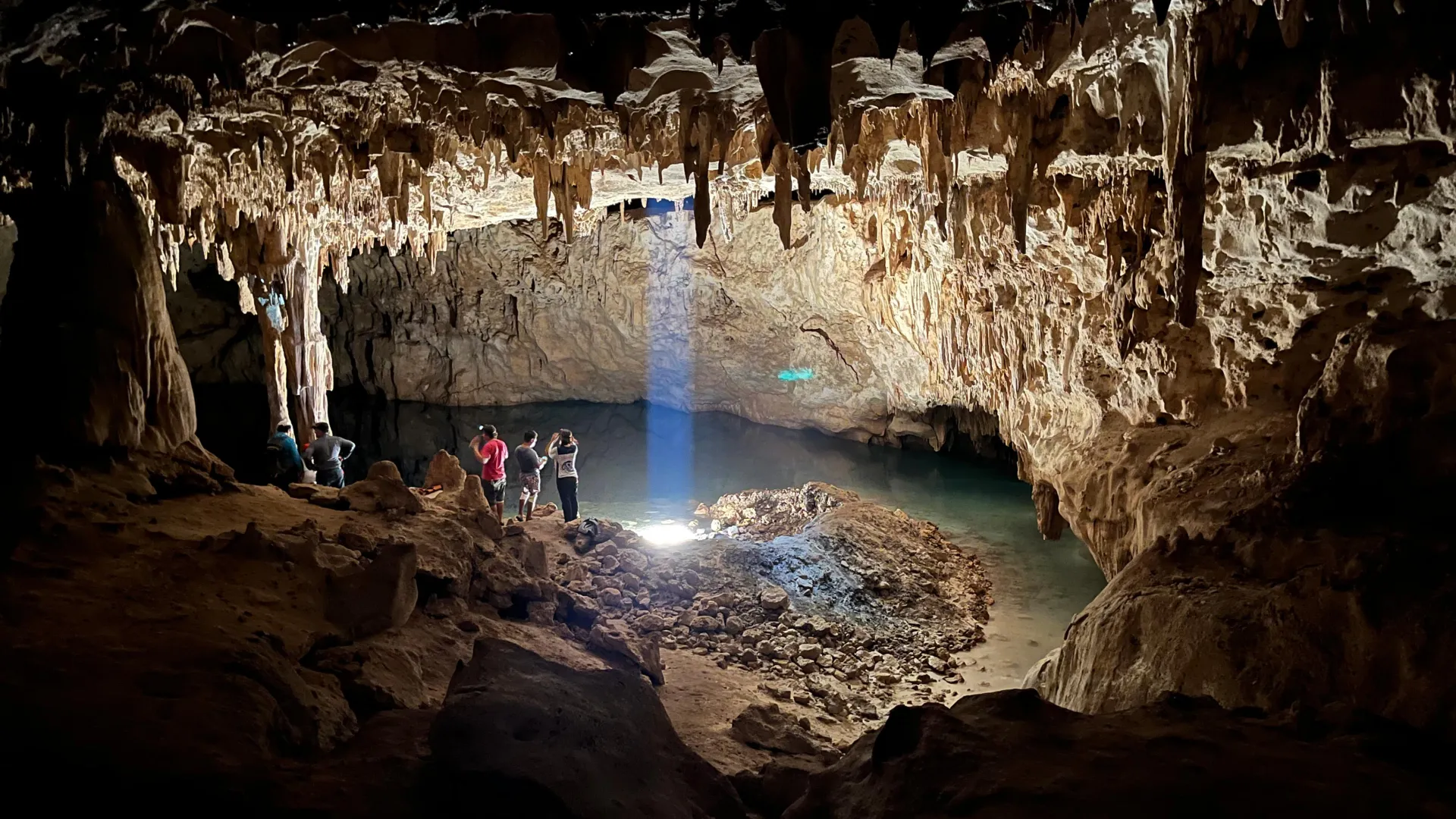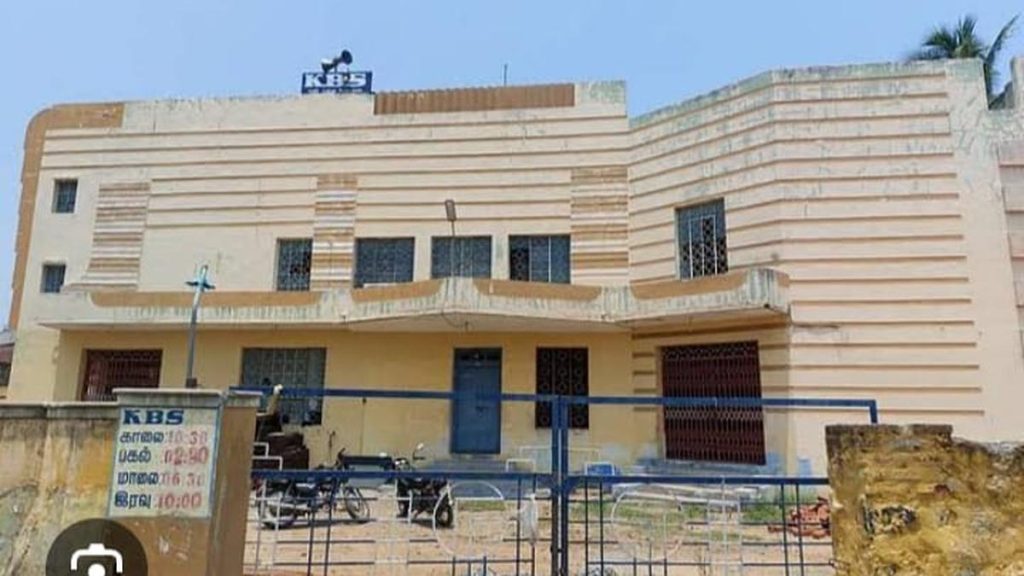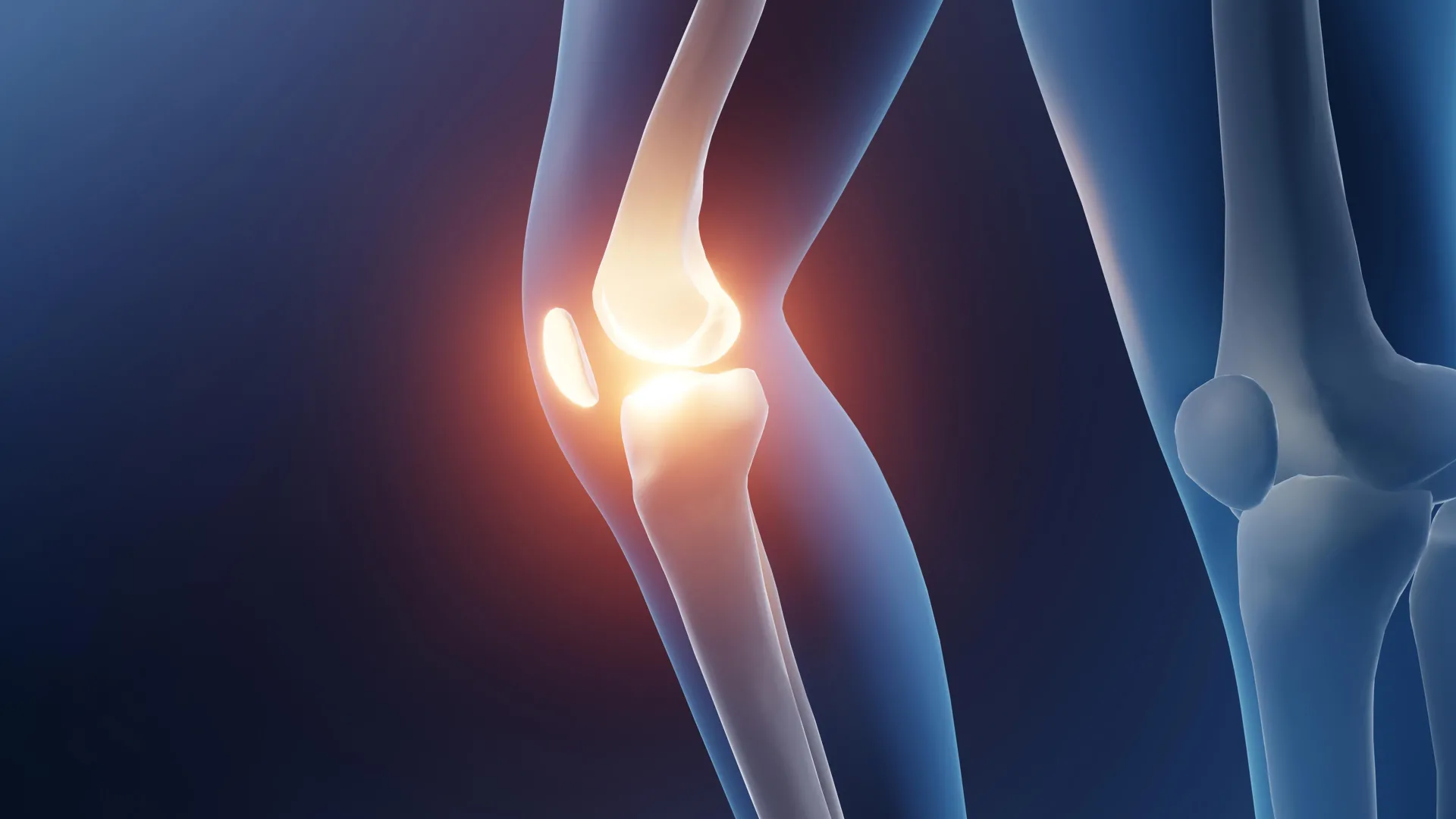Now Reading: Mexican Cave Stalagmites Uncover Droughts Linked to Maya Collapse
-
01
Mexican Cave Stalagmites Uncover Droughts Linked to Maya Collapse
Mexican Cave Stalagmites Uncover Droughts Linked to Maya Collapse

Quick Summary
- Chemical analysis of a stalagmite from a cave in Mexico’s Yucatán region has revealed detailed climate data.
- Researchers led by the University of Cambridge identified extreme droughts between 871 and 1021 CE, during the Terminal Classic period of Maya civilization.
- Eight wet season droughts lasting at least three years were recorded, wiht one drought spanning 13 consecutive years.
- These precise climate records align with past and archaeological evidence, which show significant socio-political upheavals in Maya society during this time.
- The research utilized oxygen isotopes within thick (1mm) annual stalagmite layers to pinpoint rainfall for each wet and dry season-more accurate than prior methods using lake sediment.
- Severe drought conditions disrupted agricultural output and halted monument construction at major sites like Chichén itzá during these periods.
- The study provides a fine-grained framework for analyzing human-climate interactions during the collapse of the Classic maya civilization.
Indian Opinion Analysis
This research highlights the intricate links between environmental shifts and societal changes, which have implications beyond just historical interest. For India, as a civilization deeply connected to monsoon cycles and agriculture, these findings underscore how prolonged deviations in climate can severely impact societal stability. While modern technology enables better mitigation strategies compared to ancient societies like the Maya, India still faces challenges such as water scarcity in certain regions tied to changing monsoon dynamics.
Moreover, this study serves as a reminder that ancient civilizations developed sophisticated systems (like water management) that could not entirely withstand sustained climatic shifts. This parallels today’s need for robust yet adaptable infrastructure in response to evolving environmental realities. The precision achieved through this scientific method offers valuable lessons for both archaeology and contemporary studies on socio-climatic resilience.Read More



























